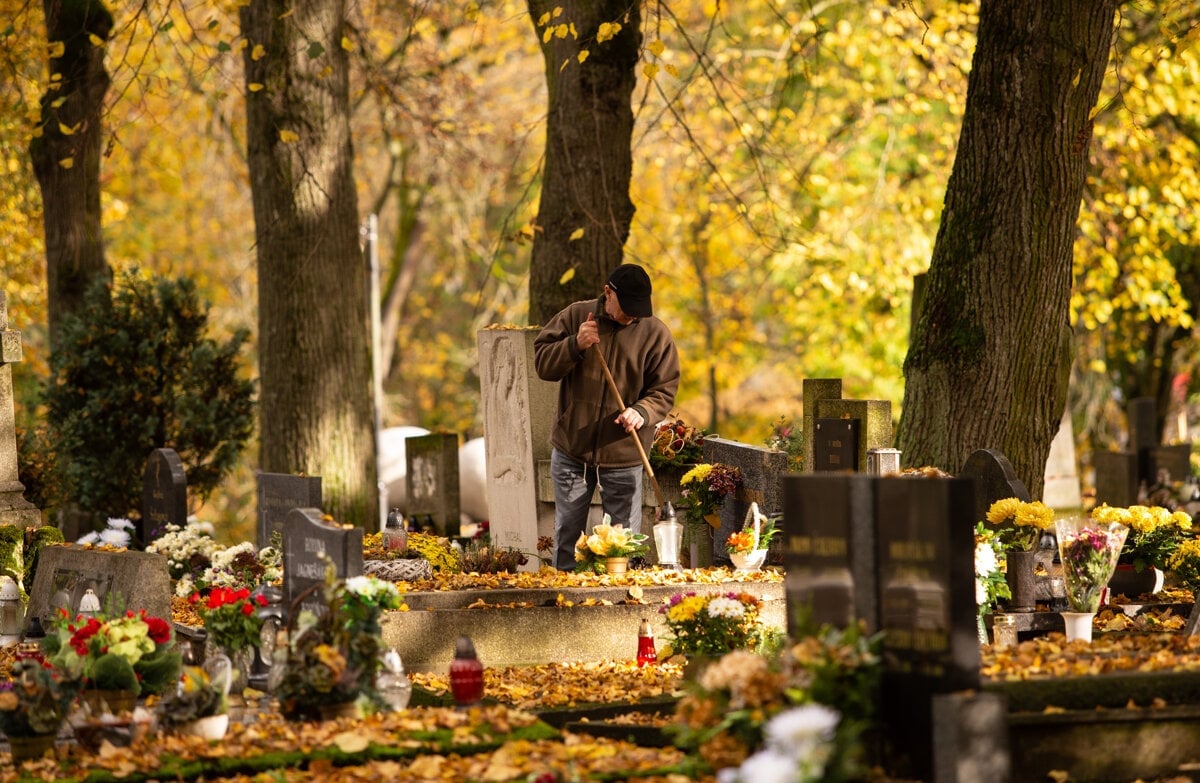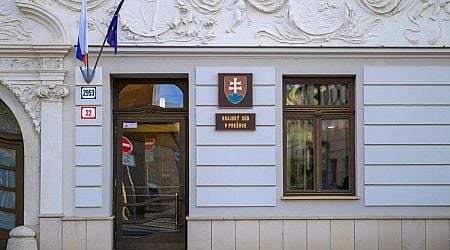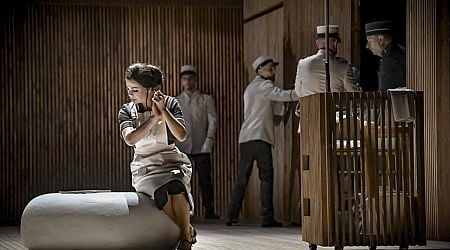Stories of ordinary mortality
Slovaks tend to their loved ones’ graves as if tidying their rooms.

In Slovak cemeteries, around mid-October, graves transform into small construction sites; marble gardens receive fresh flowers, bins fill with wilted wreaths and old blooms, and new flowers and tributes appear.
In many towns, stalls pop up selling Chinese plastic bouquets and wreaths – the leaves, the fruit, the baskets, all plastic. Each comes with a plastic candle featuring an artificial, flickering flame. “Not to worry, it’ll last a fortnight,” the vendor assures, “till about November 10, well over a week past All Souls’ Day.” Long enough for no one to notice when the lights go out, and the cemeteries return to winter hours. For those who miss the five o’clock closing, or exceptionally six o’clock, there is always the next day.
Everywhere, small lights and fresh flowers – plastic ones, the vendor continues, are better; they’re stolen less often, though people are not fond of them, only suitable for graves. Meanwhile, real flowers can be unwrapped, rearranged, and repurposed, even for birthdays the next day. Such objects of reverence are like unwanted gifts, passed along until one day they might return to you in the same packaging, like a cocktail blender.
The price of eternity
Among the adorned graves, some headstones and plaques scrubbed clean with soapy brushes, families prepare for All Souls’ Day as if tidying their homes before a guest arrives. They pull weeds, clean tiles, and polish names to make them stand out.


































